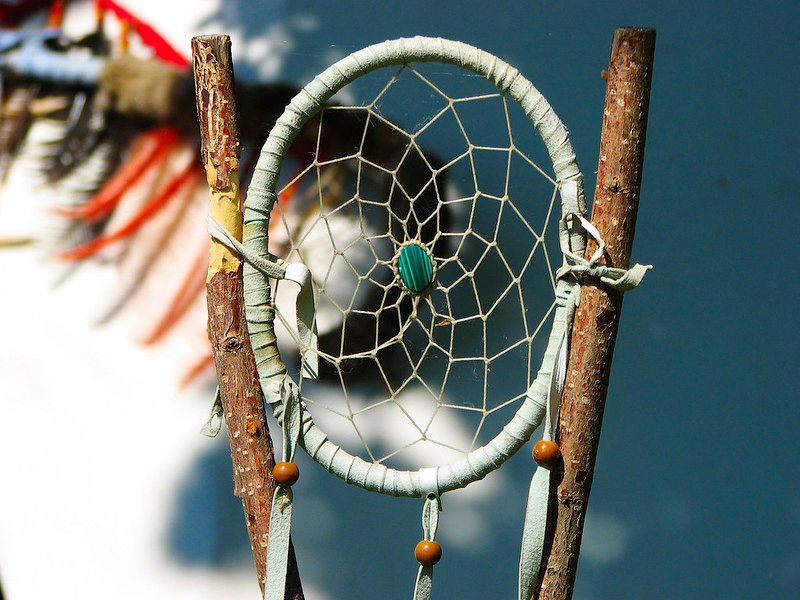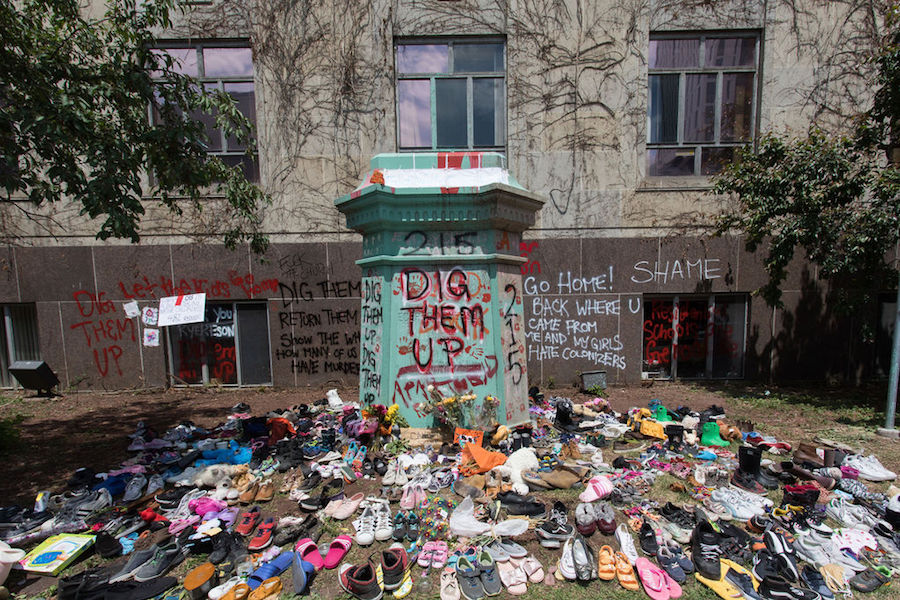How to Show Allyship and Support Indigenous Peoples through Communications and Marketing
- Julianna Van Adrichem

- Sep 30, 2022
- 5 min read

As marketers and communicators, we can make a significant contribution towards Truth and Reconciliation for Indigenous Peoples through the things we say, write, film and post.
In fact, we have a responsibility to be conscious of the content we produce, because when we publish materials, it is out there in the world and will affect indigenous Peoples one way or another. The onus is on us as communicators to think about what we are putting into the world, and ask ourselves if, as settler allies, we are using our communications to contribute to truth and reconciliation or if we have more work to do.
But remember, it’s not just saying the right things on National Truth and Reconciliation Day, it’s about doing the right things all year.
So, here are eight strategies to use communications to the benefit of indigenous peoples, with many resources to provide support on implementing them. These tips will also help you to take the right actions so that your brand embodies the messages that you communicate.
1. Talk about it
The simplest tip to give, but trickier to do: talk about Indigenous People and what it takes to build Truth and Reconciliation with other settlers in your work, family, friend and spiritual circles. This CBC article by David A. Robertson, member of Norway House Cree Nation on How To Talk To Kids About The National Day For Truth And Reconciliation is excellent. I think it is a very rich guide for talking to anyone about the true history of Canada’s Indigenous Peoples and the residential school system, not just children.
2. Share and show your support through social media
Share:
Events that are happening locally,
Follow and share content from Indigenous leaders, and
Bring attention to fights that Indigenous Communities are still facing, such as trying to secure clean and safe drinking water in their communities.
Here are just a few accounts that you can share content from. On Instagram: @decolonizemyself, @theindigenousfoundation, @indigenousclimateaction, @cbcindigenous, @autumn.peltier, and on twitter: @ndncollective. Compensate these leaders for their work and emotional labor as you are able.
“As white allies, we must figure out how to shift out of European cultural modes, unlearn and interrupt settler colonial patterns and develop anti-racist awareness and skills.” – Seventh Generation Fund for Indigenous Peoples, Inc.
3. Make land acknowledgements, but do it right.
Use Native-land.ca to understand whose land you’re on and what treaty was used to justify the exclusion of the indigenous group from that land.
Relearn your history to understand the significance of the land acknowledgements you’re making. Read this article that explains why this acknowledgement is important, and how to do it properly. Take the Indigenous Canada course – I’m doing it currently, and my understanding is increasingly clear, or check out these additional resources.
As your organization or business grows into this awareness of its place on this land and wants to take further action to confront it, you can consider paying an honor tax to those nations on whose traditional territory you reside.

4. Communicate that you're an ally.
Show that your business or organization is an ally and supports Indigenous Peoples by making a statement of support and land acknowledgement on your website. Make sure that this support is pulled through all aspects of your business and is not just stated in your communications. You don’t want to be “social washing” (the social justice version of greenwashing),
Check out Animikii’s article to discover how your business and operations can incorporate and work towards reconciliation through your sourcing, hiring, and other aspects of your business or the business you work for.
5. Wear your orange shirt
Wear your shirt on September 30th, Orange Shirt Day (Now the National Day of Truth and Reconciliation) but understand why the orange shirt is significant – it wasn’t just a random symbol chosen to bring attention to the issues!
Phyllis (Jack) Webstad’s story is the inspiration for this day. Upon getting to St. Joseph Mission residential school in 1973 for her first day of school, she was stripped, and her shiny new orange shirt was taken away from her. She tells us: “The color orange has always reminded me of that and how my feelings didn’t matter, how no one cared and how I felt like I was worth nothing.”
Wear your orange shirt...
as a visible statement of solidarity for those impacted by residential schools.
Get it used, or, if buying new, support an indigenous owned business. Don't buy one from a non-indigenous company looking to capitalize on the movement.
Don’t create other colored shirts days. Do not discount the significance of this day for indigenous people’s or invalidate Phyllis’ experience.
6. Stop the use of harmful stereotypes
...and Indigenous erasure language in messaging and speech. For example, please:
Don't call the “new hire” the “low man on the totem pole” or
Don't use the term “pow-wow” to refer to meetings.
Using this language in a derogatory sense is offensive. Other examples, like referring to your “spirit animal”, may not seem overtly offensive, but is still harmful as it’s an example of cultural appropriation. Be an ally by showing respect for indigenous people and their language.

7. Stick to your own cultural symbols
Similarly, don’t use indigenous symbolism in your marketing if you are not indigenous. Again, this is an example of cultural appropriation. The use of indigenous terms and symbols for mascots in the sports industry has been widespread. Native culture is not a costume, nor a tool that non-indigenous can use to market their materials. Furthermore, many mascots have racist stereotypes and are dehumanizing and harmful to the mental health of Indigenous Peoples. Claims from team owners or fans that using these symbols is a sign of respect are bogus.
If Indigenous People’s don’t like their symbols being used in that way, how can using them anyways be respectful?
The American Psychological Society has called for the immediate end of the use indigenous symbols in sports mascots due to the harm it causes.

8. Finally, end the use of symbols of historical figures who contributed to the persecution and suffering of indigenous peoples.
The change of the Toronto university’s name from Ryerson University to Toronto Metropolitan University is a great example of this. Egerton Ryerson was instrumental in the design of Canada’s residential school system, and to continue to honor him by having a major educational institution named after him was not acceptable. This rebrand undertaken by the university is a great step in the right direction.
It is hard to acknowledge the true history and brutal, cruel conditions under which our country was established. As settlers, it can also be hard to show our support and always get it right. We’ll probably mess up a bit. I’ve probably messed up a bit here. But that’s no reason to stop trying. This is a journey and it takes persistence to keep working at getting it right.
To sum it all up:
Talk about Indigenous People and what it takes to build Truth and Reconciliation
Share and show your support through social media
Make land acknowledgements, but do it right
Communicate that you're an ally
Wear your orange shirt, understanding its significance
Stop the use of harmful stereotypes
Stick to your own cultural symbols
End the use of symbols of historical figures who contributed to the persecution and suffering of indigenous peoples
This is a LOT to add to your already-full to-do list. Do one thing at a time. Perhaps by next year’s Truth and Reconciliation Day, you’ll feel like you’re truly on this important journey.
🧡 Julianna
Ideas for this post are from Greenpeace.org/us, @randomactsofgreen, Seventh Generation Fund for Indigenous Peoples, Inc. and learnings from my own efforts to be a better ally and to participate in reconciliation. Thank you to Natalie Gilson at Tortuga for helping with edits!












Comments